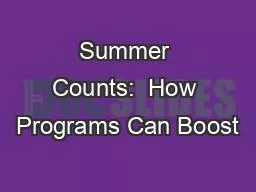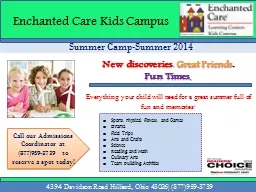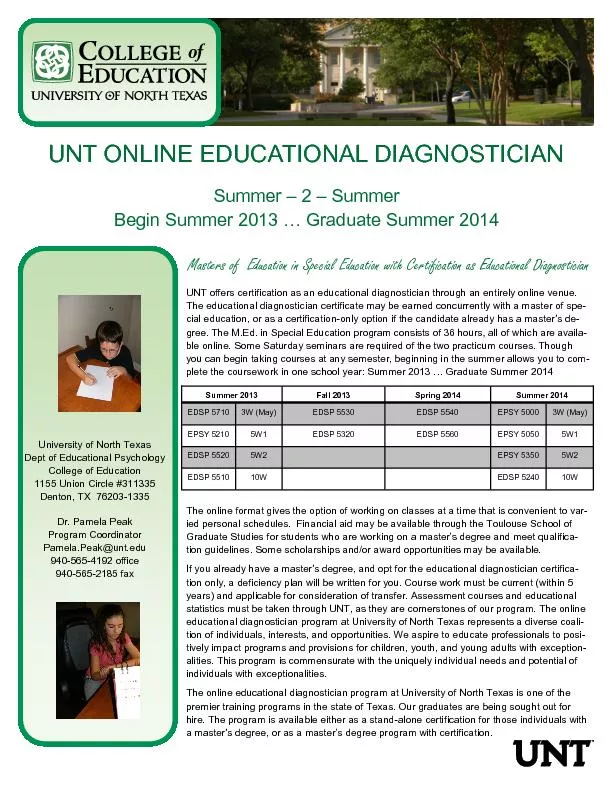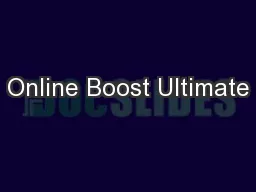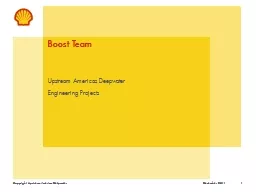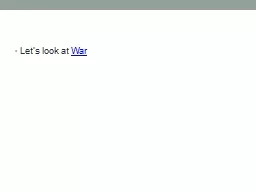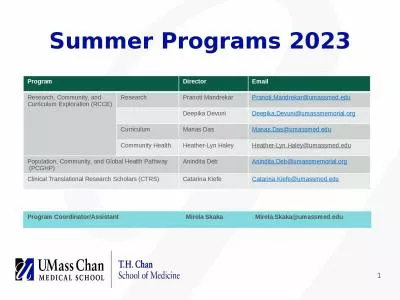PPT-Summer Counts: How Programs Can Boost
Author : khadtale | Published Date : 2020-08-27
Childrens Learning August 2 2011 101115 AM Pacific1215 PM Eastern Web seminar presented by Grantmakers for Educations OutofSchool Time Funder Network John
Presentation Embed Code
Download Presentation
Download Presentation The PPT/PDF document "Summer Counts: How Programs Can Boost" is the property of its rightful owner. Permission is granted to download and print the materials on this website for personal, non-commercial use only, and to display it on your personal computer provided you do not modify the materials and that you retain all copyright notices contained in the materials. By downloading content from our website, you accept the terms of this agreement.
Summer Counts: How Programs Can Boost: Transcript
Download Rules Of Document
"Summer Counts: How Programs Can Boost"The content belongs to its owner. You may download and print it for personal use, without modification, and keep all copyright notices. By downloading, you agree to these terms.
Related Documents

